Today’s factory rifles are, on average, more accurate than I thought possible when I started shooting. American hunters and rifle shooters have long been obsessed with raw accuracy, probably more today than ever before because of the growing fascination with long-range shooting. How much accuracy is really needed depends entirely on what you intend to do. Bench-rest and thousand-yard competitors need all they can get, and so do varmint hunters. Most big-game hunters probably have more accuracy than is truly necessary—but it’s a wonderful confidence builder to know that your rifle is capable of producing teeny, tiny groups!
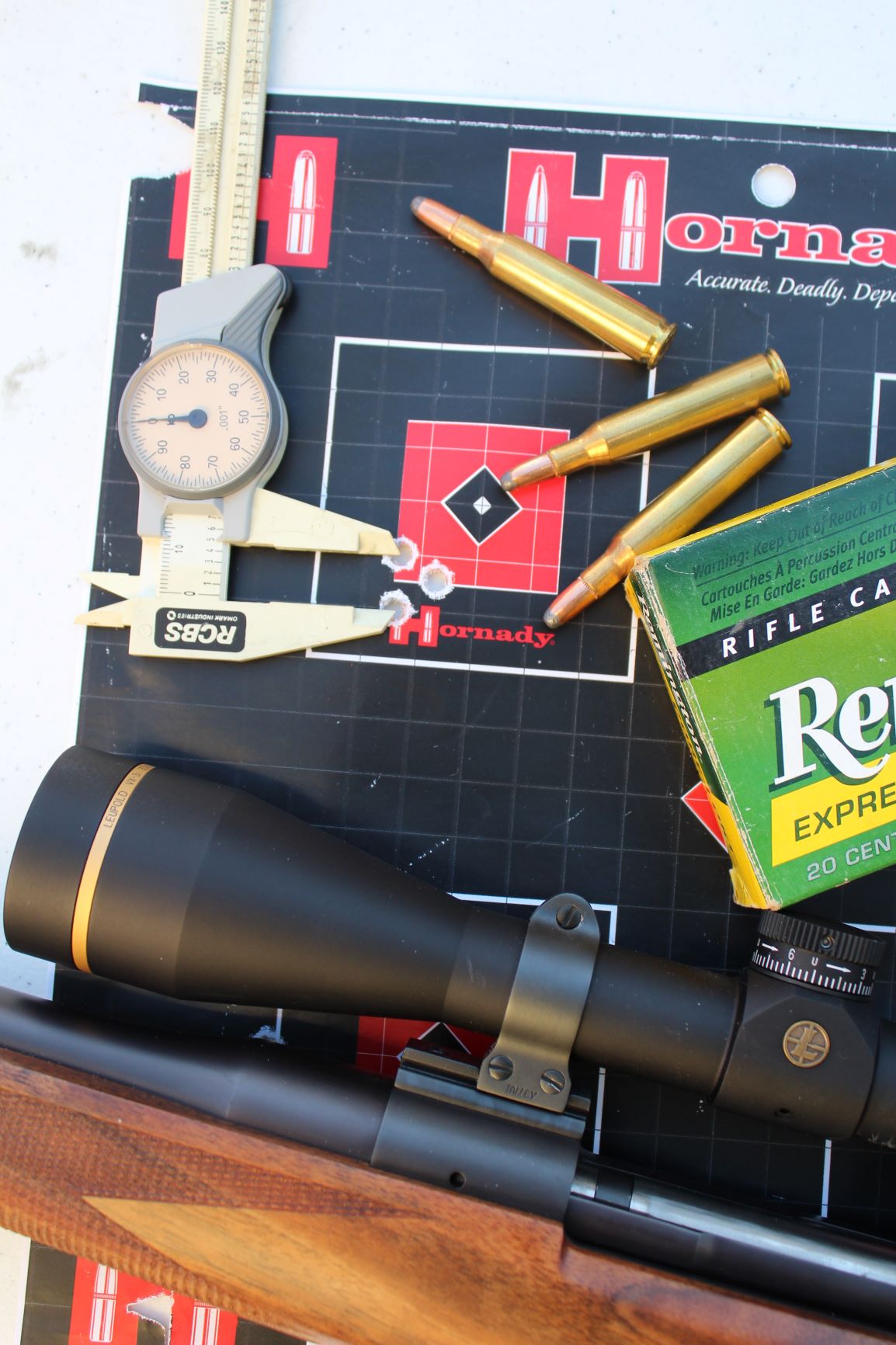
That’s a valid reason to demand extreme accuracy—and it’s amazing how many of today’s basic, inexpensive factory rifles deliver. I think this is because, with modern manufacturing, factory tolerances are tighter than ever, with more consistent barrels. When I was a kid, we figured a factory bolt-action that produced 1.5-inch 100-yard groups was pretty darned good. Rifles shooting one inch and better were cause for bragging. Today it’s amazing how many factory bolt guns retailing for less than $500 will consistently produce one-inch 100-yard groups.
Let me be clear: A “one-inch, 100-yard group” is neither a goal nor a standard. If you’re a deer hunter, that’s probably more than you need. If you’re a prairie dog shooter, not good enough! However, with hunting rifles, we’re pretty proud of one-inch 100-yard groups. Not so long ago, to ensure such groups and hopefully cut them in half, I figured the most likely path was to start with a good action and add a $500 match-grade barrel from a known maker. Today many sub-$500 factory rifles will do that right out of the box. However, not all will shoot that well!
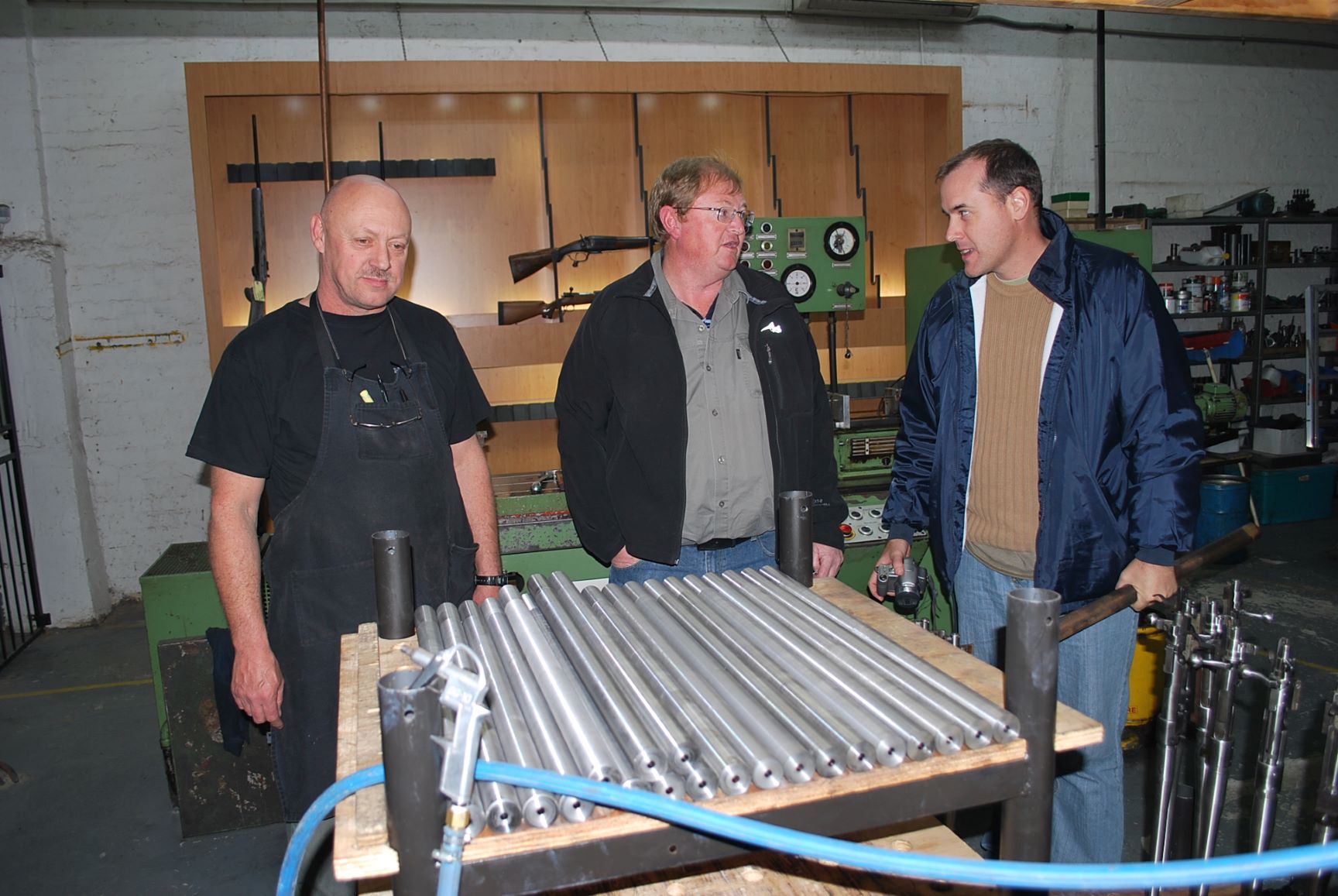
Factory rifles are a lot like Forrest Gump’s box of chocolates: You don’t know what you’re going to get! So, you open the box of chocolates, grab some ammo, and head for the range. Maybe you get lucky…and maybe you don’t. There’s no way to know until you get to the range and shoot some groups.
Modern factory rifles are so consistent that chances are good you will get groups you can live with if you must. Shooters being demanding, and having read too much about modern accuracy, chances are equally good that you’d like a little bit better!

When I was a kid, the standard answer to improve accuracy was to start hacking on the bedding. This can be an answer but bedding is about keeping barrel vibration consistent from shot to shot. Most factory rifles today have free-floated barrels, which is really absence of bedding; the barrel vibrates as it will.
Today’s accuracy is aided by the best and most consistent factory ammunition ever manufactured, and with the greatest variety. However, since 1873 any self-contained center-fire metallic cartridge is based on four components: Case, primer, propellant, and bullet. Any factory cartridge is just one assembly of these four components. A hand-loader can vary these components infinitely: Different brands of cases, which vary slightly in internal dimensions and weight; different primers; any of several dozen propellants and charge weights; and bullets of different brands, styles, shapes, and weights. Hand-loaders can go even farther, varying bullet seating depth, and checking cases and bullets for consistency.
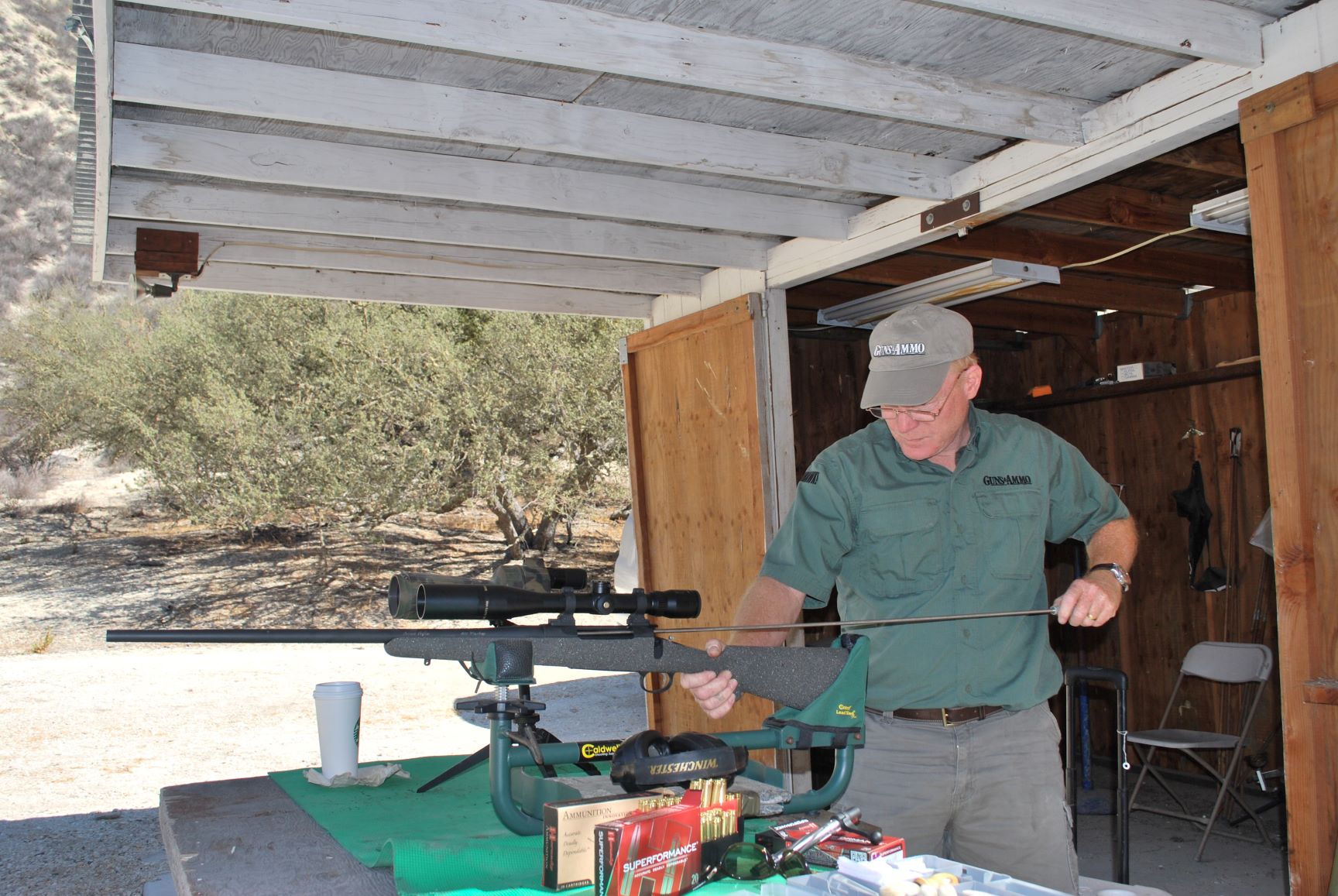
Unless you seek bench-rest accuracy, it usually isn’t necessary to go quite this far. However, some rifles are forgiving and accepting. Others are finicky, and most will deliver somewhat better accuracy with certain loads. Shooters of factory ammo are at a disadvantage because ammo is expensive, and if a given load shoots badly, you’re stuck with a partial box (like my garage is full of). However, whether you hand-load or shoot factory ammo, the best way to discover the accuracy your rifle is capable of is to vary the loads—as much as possible.
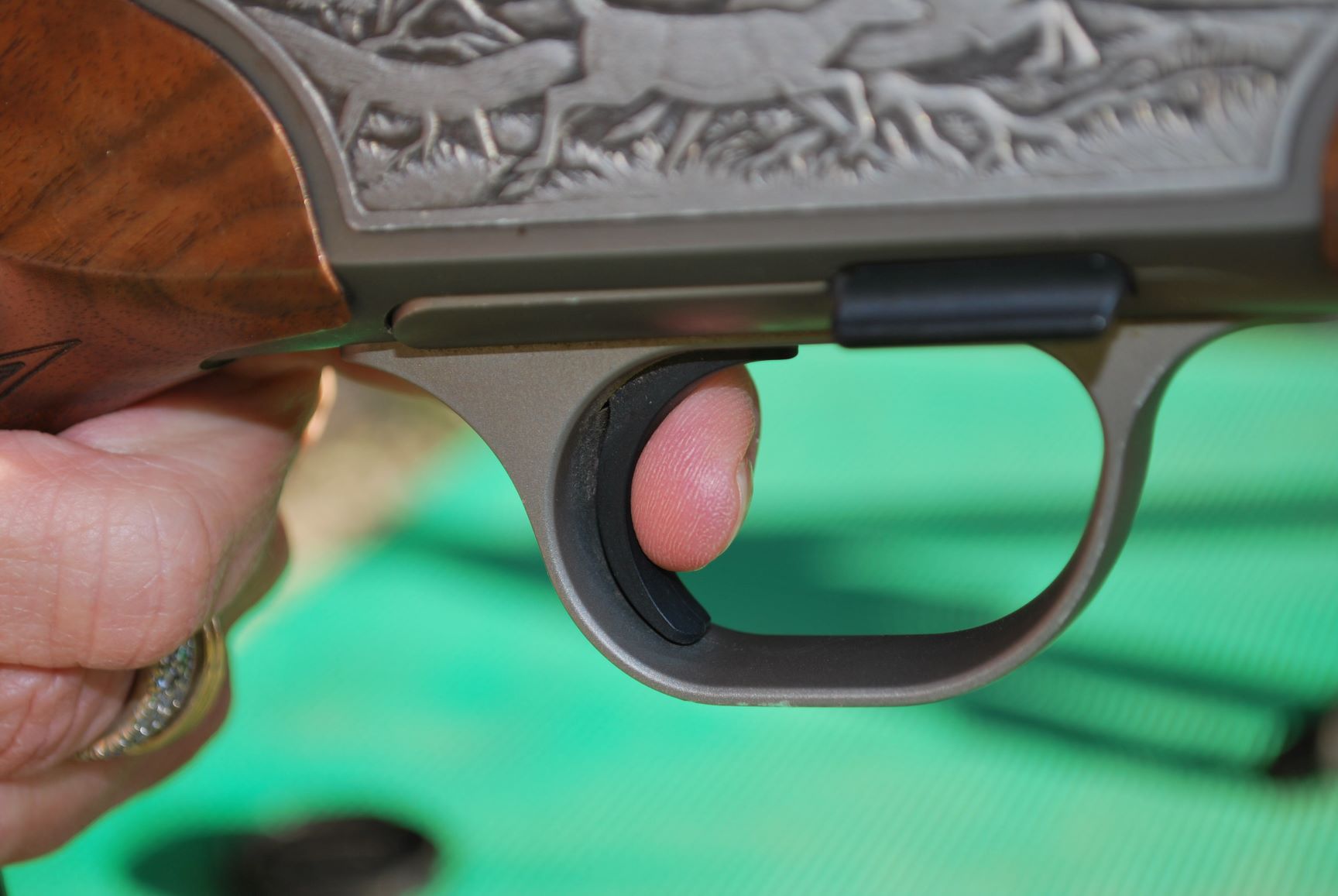
With popular cartridges, such as 223 Remington, 270 Winchester, 308 Winchester, 30-06 Springfield, and 300 Win Mag, factory load options number into the hundreds. It would cost a fortune to try them all! However, over time, you can try different brands loaded with different weights and styles of bullets. I use all of the cartridges just mentioned, but I have a penchant for older, less popular cartridges, such as 257 Roberts, 264 Winchester Magnum, and 300 H&H. There are few factory options and, lacking popularity, there has been little load development. To optimize accuracy, you just about have to hand-load for “unpopular cartridges” …or accept the accuracy you get from the small selection of factory loads!
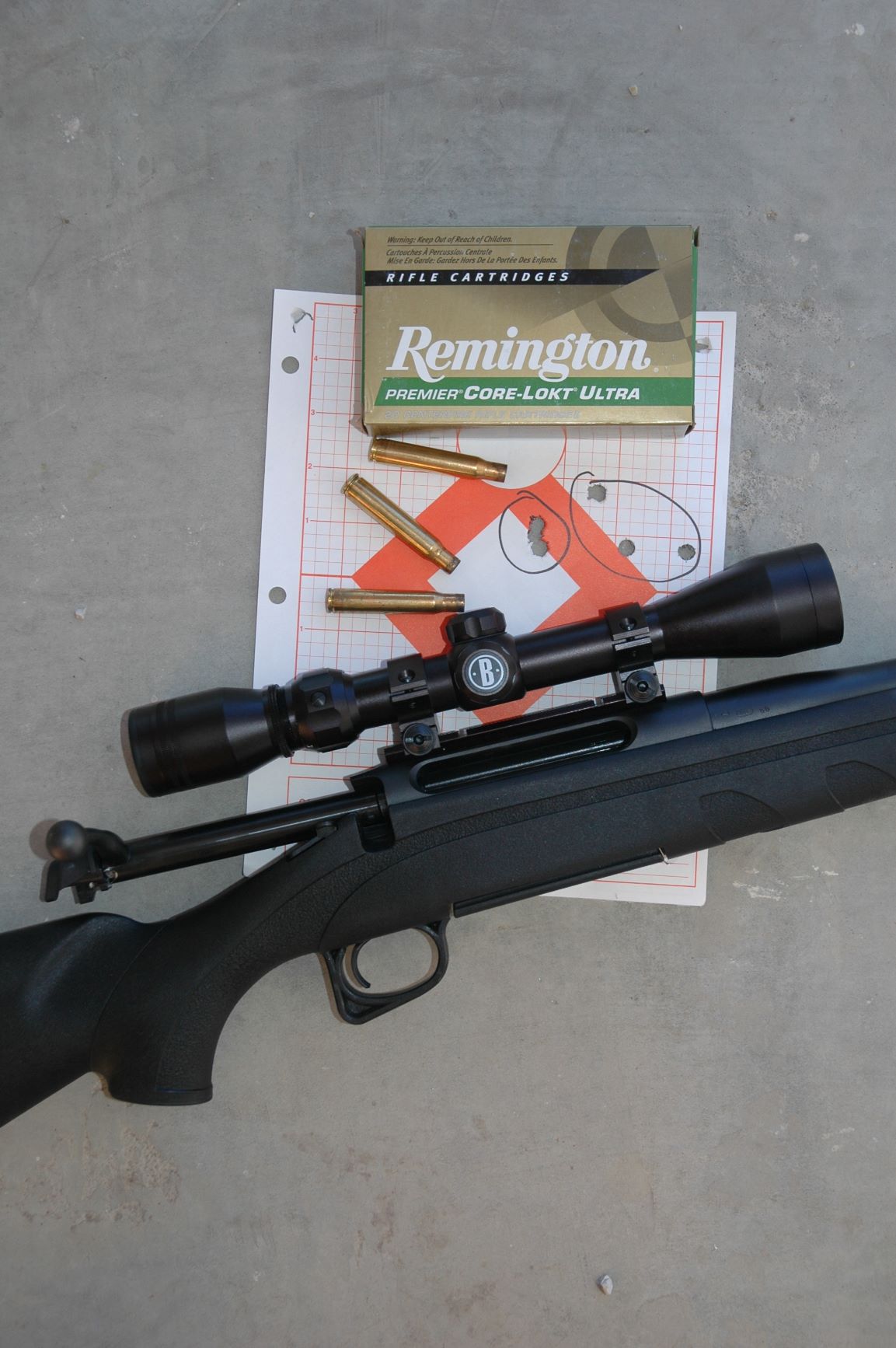
It’s a trial-and-error business: There is no predicting exactly what load a given rifle might prefer. Note, too, that the “most accurate” loads may not be the loads you would prefer to use! The 7mms and .30-calibers are available in a wide range of bullet weights. In my experience, few rifles in either bore diameter shoot equally well with both lighter and heavier bullets, such as 140 and 175-grain 7mm bullets; and 150 and 200-grain .30-caliber bullets. With a new rifle, I tend to start with medium-weight bullets, such as 165-grain .30-calibers and 150-grain 7mm. If accuracy isn’t acceptable, I’ll try both lighter and heavier bullets and see what happens.
Bullet brand, style, and construction can make a huge difference. Some barrels shoot “copper” bullets (Barnes X, GMX, etc.) very well, but others show a marked preference for lead-core bullets. And some are just the reverse.

When testing ammo for accuracy it’s important to eliminate as much human error as possible. Choose a calm day, make sure your bench and rest are dead steady, use visible targets with good aiming points, and concentrate on sight alignment and trigger press. You are hoping for nice, round groups. Vertical stringing is often barrel heat, which, with slender barrels, can show up in very few shots. Take your time and let the barrel cool completely between groups.
Stringing, especially horizontal, can also indicate a bedding problem, but a poorly cut or chipped crown is often the culprit. The crown is the last thing that touches the bullet as it leaves the muzzle and it must be near-perfect. Re-cutting a crown is a simple gunsmithing procedure, and kits are available to do it yourself.
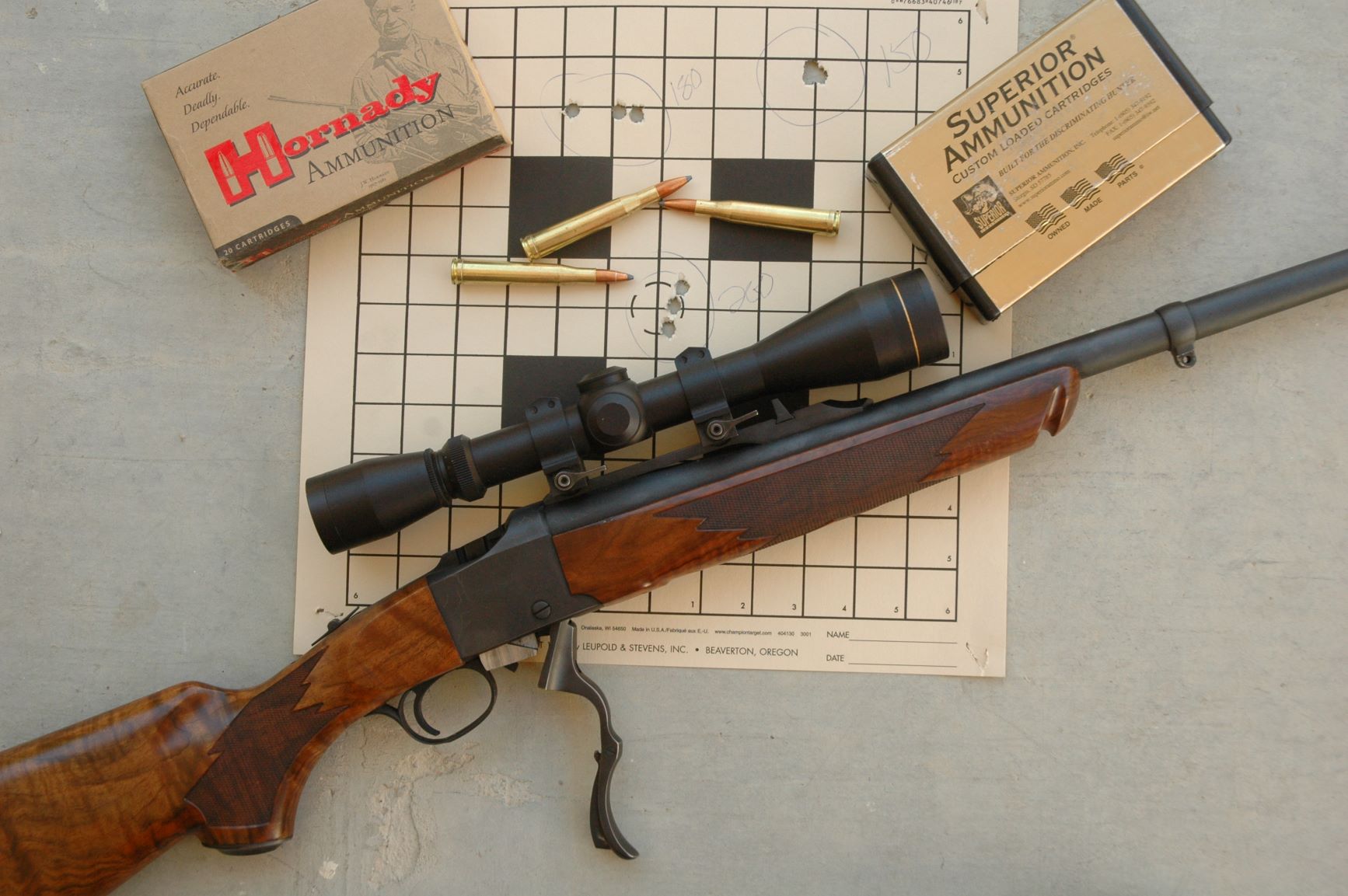
Barrel fouling can also be a problem. New barrels often have interior tool marks and collect fouling quickly. It’s unwise to pass judgment on a new barrel until it’s “broken in,” which means internally smoothed by 50 or so shots. Every experienced shooter has a different protocol for breaking in a barrel. Some clean after every shot for 10 rounds or more! With a new barrel, I clean after five shots for 20 rounds. Afterward, I clean every 15 to 20 shots. Some barrels shoot their best when very clean, others shoot best when slightly fouled, and a few barrels that shoot their best groups when filthy. Vary your cleaning routine and your barrel will tell you!

Suspect everything, but experiment with a variety of loads before you start hacking away! Realistically, absent a mechanical issue (bedding, crown, heavy fouling or pitting), most gains from load experimentation will be incremental and rarely exponential. In other words, a rifle that initially produces 1.5-inch groups is unlikely to become a half-inch tack–driver. But, with loads the rifle likes, you might cajole it into producing the one-inch groups you want to see.
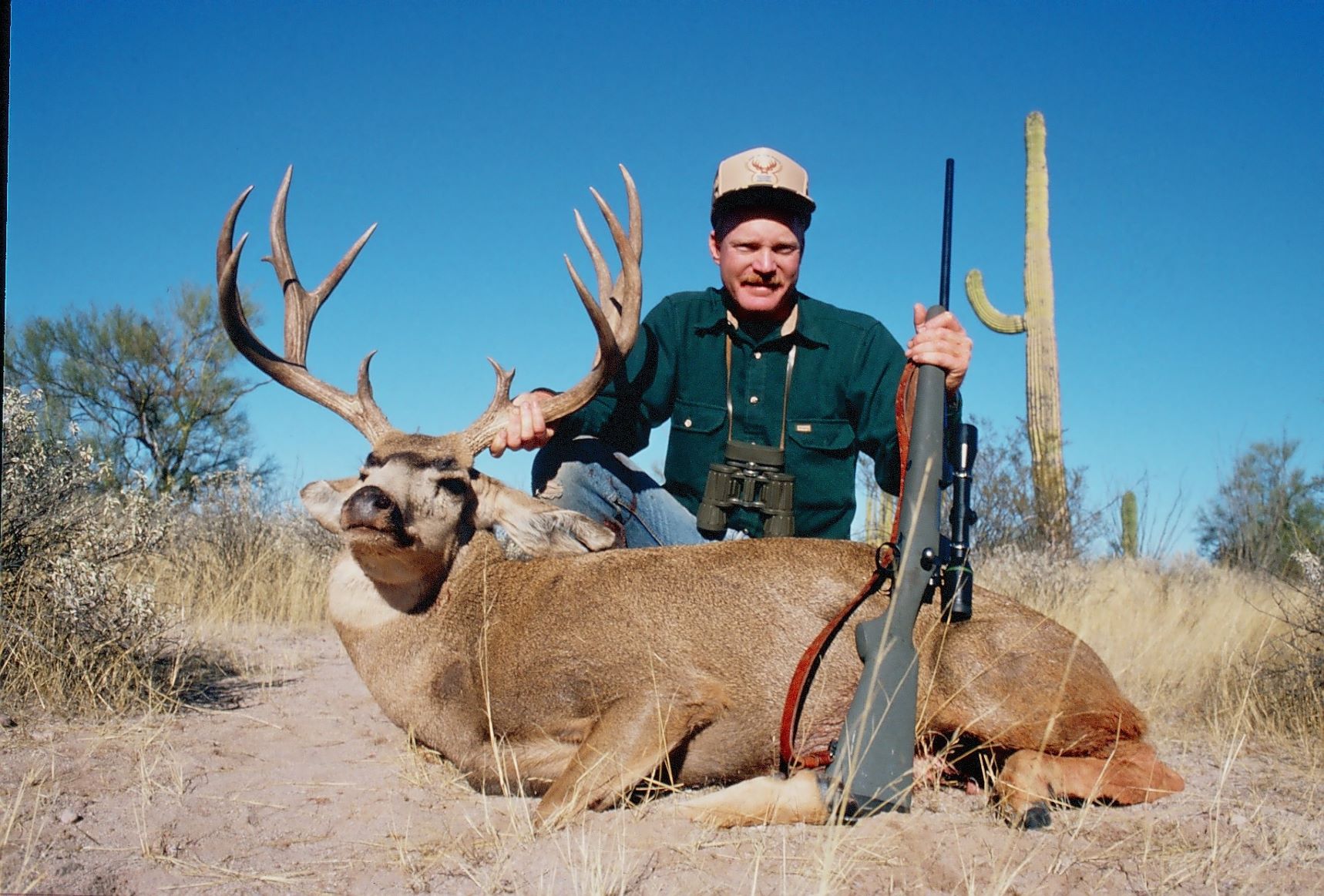
However, you won’t know until you keep trying. A few barrels are finicky, and come to life when you discover the right load, we all have stories! When that model was relatively new, I had a Remington Mountain Rifle in 280 Remington, typically an accurate cartridge, but never available in a wide selection of loads. Editor and friend Scott Rupp once commented to me that “Remington rifles tend to shoot well with Remington ammo.” This is often true…but not this one! Regardless of brand, this rifle fired shotgun patterns, rarely under three inches. I tried hand-loads, and a standard recipe with IMR 4831 and 150-grain Nosler Ballistic Tip instantly brought it down to sub-MOA groups, problem solved!

Another colleague had a 30-06 that wouldn’t shoot. He tried everything, awful groups. Frustrated and desperate, he happened to have an old box of Winchester 220-grain round-nose. Amazingly, this slow, near-obsolete load shot extremely well in that rifle. So, you never know, but you also have to be realistic. Even today, not all barrels are going to provide extreme accuracy…no matter what you try. As they say, “you can’t make a silk purse from a sow’s ear.” Any rifle barrel is only capable of a certain degree of accuracy, and even today bad barrels exist. Experimenting with different loads should, over time, reveal the accuracy your rifle is capable of. Whether or not the groups are what you want is one thing; whether or not you can live with them is another. Match-grade barrels are expensive, but good replacement barrels are not!
